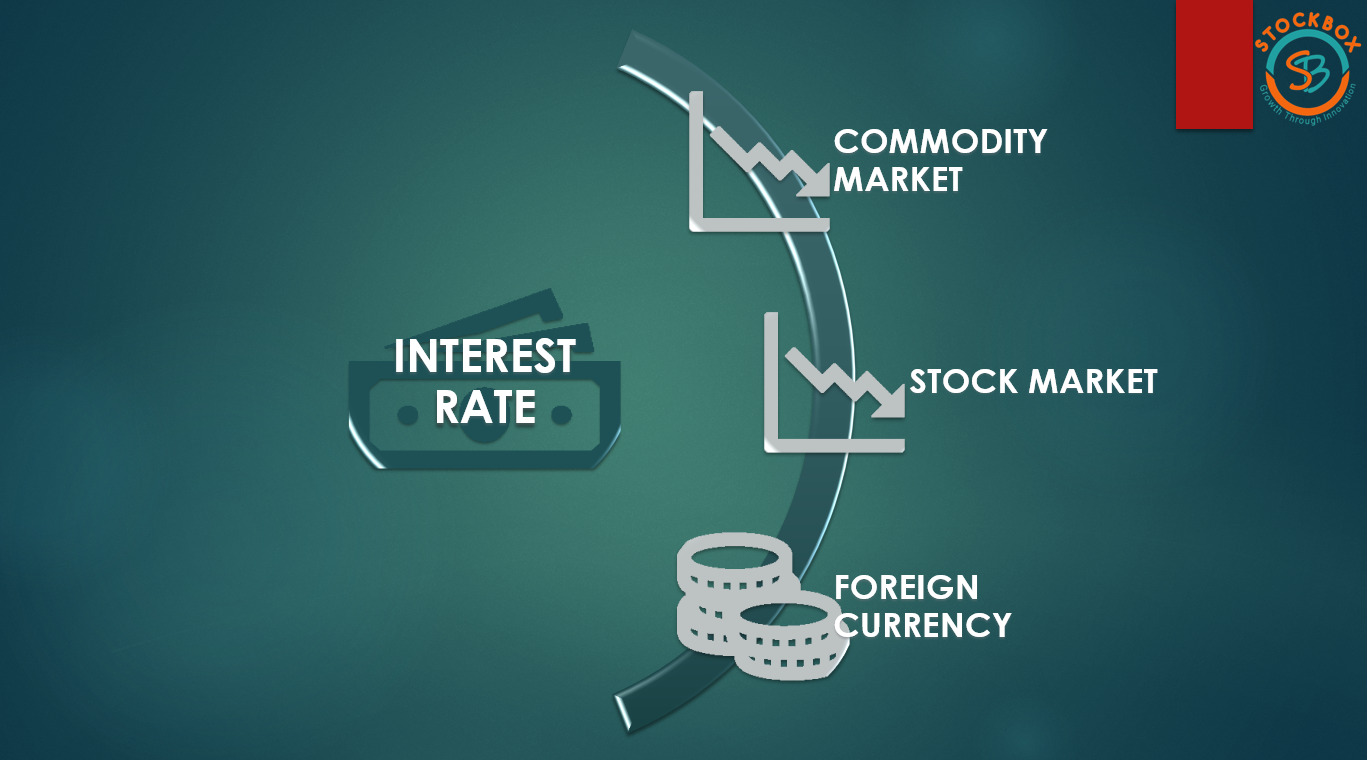The Federal Reserve’s decisions impact the Economies and Markets across the globe. In this article, we will learn how the Federal Reserve causes shockwaves across the Equity, Commodity, and Foreign Currency Markets.
The federal reserves’ primary mandate is to focus on achieving 2 important goals:
- Promote Employment
- Maintain Stable Prices
The Federal Reserve has been battling the Inflation crisis and hiking Interest Rates after the covid to achieve the targeted inflation rate of 2%.
There are 2 important things to focus on after the monetary policy committee meeting, which include the Quantum of Rate Hikes or Cut and the commentary of members and the chairman which will help us gauge the future decisions and expectations of the Federal Reserve.
The rate hike of 25 basis points (0.25%) was announced by the federal reserve, and different markets have reacted in a different manner to the development.
The article will assess the equity, commodity, and foreign currency markets.
1. Commodity markets
This article will focus on 3 aspects of the commodity market i.e., precious metals, base metals, and energy.
After the rate hike and a negative commentary, the commodity market expected that the future growth rate of the economies will be bleak, as interest rates are still expected to rise, and the Cost of capital i.e., the Interest rates for loans will be expensive.
The demand for Base Metal will shrink, plummeting the metal prices, with the weak economic and consumption outlook data.
Similar to base metals, the Price of Energy commodities like Crude Oil and Natural gas will also plummet as the expected demand for energy will shrink. Due to the high costs of debts, there will be low Investments, low demand & consumption.
Rate hikes also strengthen the U.S Dollar, which relatively weakens the purchasing power of other currencies thus commodity becomes relatively more expensive which lowers the demand and the prices of base metals and Energy commodities simultaneously.
The exception will be Precious metals, the price of precious metals like gold and silver generally increase when stock markets crash. These metals are used as a hedge and safe haven for investors to park their money.
Although, Interest rates have a complex relationship with gold and silver, if interest rates are followed by a strong dollar then gold and silver might witness a strong drop in prices.
And if Interest rates result in a weaker dollar, then gold and silver might see positive momentum, as the movement depends on complex factors such as the current and future expectations and the outlook of the economy as well as the trend of the dollar.
2. Equity
The rising interest rates make the expansion of industries more expensive, as the development costs of the companies will increase, and the interest component of debt will keep rising.
Thus, the outlook for the economy also becomes stagnant thus, people start pulling their money from the Stock market and investing them in bonds and risk-free return securities for a higher interest rate.
As a result, the equity markets start plummeting and investors wait for the interest rate hike to settle before putting their money in the markets.
Therefore, it can be assumed that all things being equal if the interest rates are hiked, it is usually negative news for the stock market.
3. Foreign Currency
A Federal Reserve rate hike can potentially strengthen the US dollar. When the Fed raises interest rates, it makes US investments more attractive to foreign investors because they can earn a higher rate of return.
This increase in demand for US investments, such as bonds and Treasury notes, can lead to an increase in demand for the US dollar.
If the market does not expect a rate hike, and the Fed raises rates unexpectedly, it could create uncertainty and volatility in the currency markets, which could potentially weaken the dollar in the short term.
Therefore, the relationship between Interest rates, commodity markets, Equity markets, and foreign currency markets is extremely complex and completely based on sentiments and expectations in the short term, while a logical relationship exists in the long term which depends on the variable and non-variable factors.
But thinking about the factors and developments in terms of how it affects the demand and supply of the commodities and future consumption will help us in understanding these relationships and taking advantage of the opportunities in the investment or trading space.

